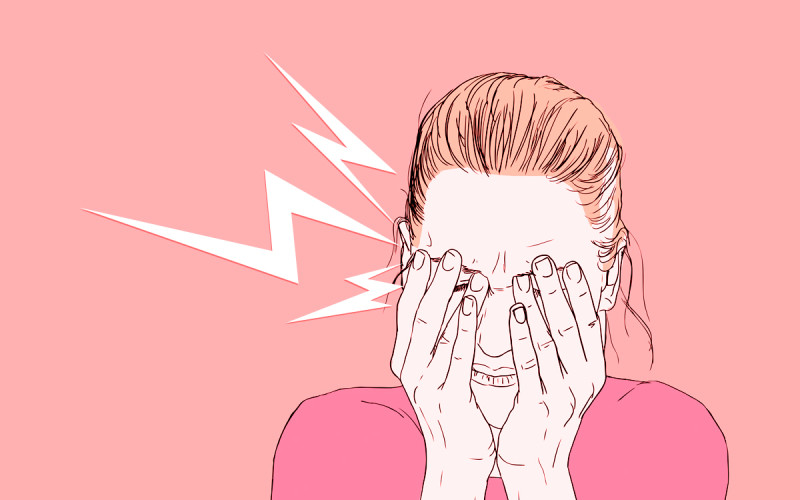Living with chronic pain

As I often remind both myself and my patients, life is not fair. Bad things happen to good people. Some of us take great care of ourselves with a healthy diet, exercise and not smoking, and we get sick anyway. Some of us sustain injuries through no fault of our own, and we end up dealing with the consequences for years to follow. Or, we may develop an illness or condition that results in decades of pain and discomfort. Fairness is nowhere to be found.
So what do we do about this? It might be easy to get caught in the trap of an endless quest for the ultimate “cure.” Don’t get me wrong, we should absolutely have our pain assessed medically and pursue the best available treatments, whether that includes medication, surgery, physical therapy or well-researched alternative modalities such as acupuncture or osteopathic manipulation. Sometimes we’re lucky, and there is actually a solution out there. But what if there’s not? Or what if it’s just a partial solution?
People who face chronic pain are vulnerable to psychological distress, such as depression or anxiety. But are pain and suffering the same thing? Must we suffer intensely just because we experience pain? I don’t think so, but the skills to minimize suffering are not necessarily instinctive — they are new coping strategies to learn.
I think of pain as the physical experience and suffering as the emotional overlay. We suffer when we rail against the injustice or intractability of our pain rather than accepting what is and deciding how to best respond to it. As a patient said to me recently, “It is what it is.” True, but what are you going to do about it?
The treatment of chronic pain has changed significantly over the years. We started with a traditional medical model that focused on finding the biological or mechanical cause of the pain and aimed to fix it. If the cause could not be found, then the pain might be labeled psychogenic, meaning that it was “all in your head.”
The model that we use now is a more comprehensive approach that keeps the best of what medicine has to offer but takes a more holistic view of the many factors that influence our experience of pain. Those include things like our emotional state, how much social support we have, how we think about our pain, and how well we are able to tune into our own bodies and elicit the “relaxation response” in order to counterbalance the somewhat “hyper” state that pain can trigger.
Once I am able to notice how I talk to myself about pain, I can change it. If the voice in my head is screaming, “This is unbearable, I can’t live another day like this,” then I am going to be feeling pretty desperate and hopeless. But if I can respond to that voice by reminding myself, “I’ve been coping with this for a while and I just need to keep using the strategies that work best to give me some relief or distraction,” then I might feel a bit better and more optimistic. If I spend time with friends or family in activities that I enjoy and sharing some laughs, my focus shifts away from pain, at least for a while. And every little bit helps when the pain is bad.
The mind/body connection is a two-way street. Our thoughts can influence our body. For example, seeing your child near traffic and thinking he might get hit by a car might elicit a powerful adrenaline rush that allows you to quickly swoop in and lift him to safety. But what’s going on in our body can influence our thoughts, as well. For example, intense chest pain from indigestion might trigger the thought, “Oh no, I think I’m having a heart attack,” likely causing a fair amount of anxiety.
We can learn to harness this mind/body connection in a way that works to our advantage. When it comes to living with chronic pain, the best approach after a thorough medical work-up and treatment is to consider the role that thoughts, emotions, behaviors and even spirituality might play in helping you to live life to the fullest, even though pain may be an unwelcome companion along the way. Rather than trying to push it away again and again with no success, perhaps we can learn to take pain by the hand and walk with it, knowing that we are the ones that determine the path, the pace, and the rest stops along the way.
Margaret Keenan, Ph.D., will be speaking with John Goodill, M.D., chief of Christiana Care’s Pain and Palliative Care Section, on November 13 at Christiana Care’s Celebrating Women’s Health Lecture Series.